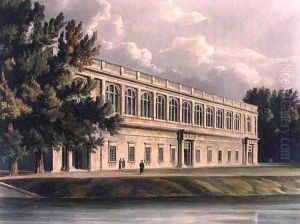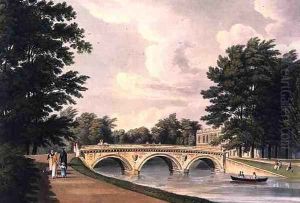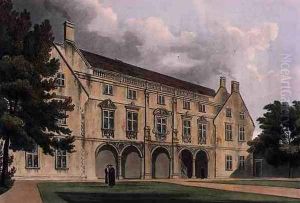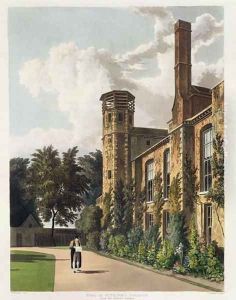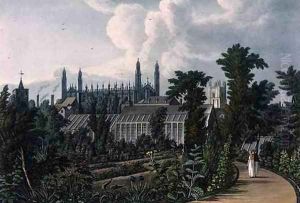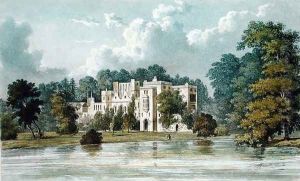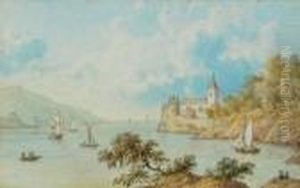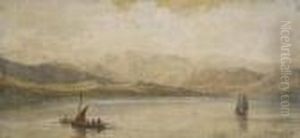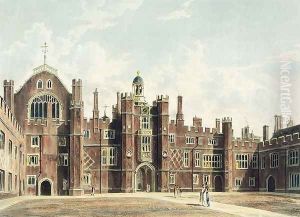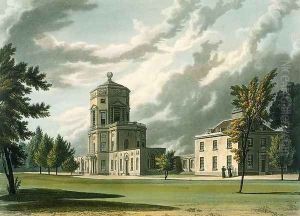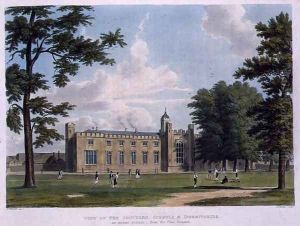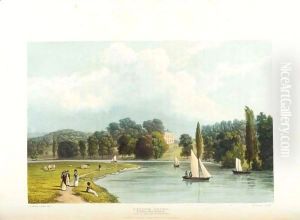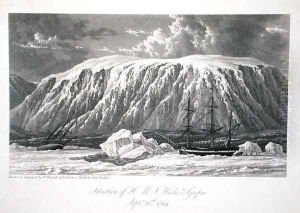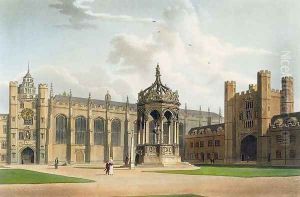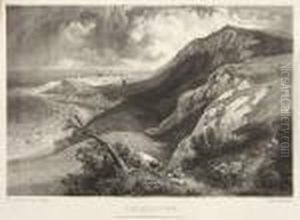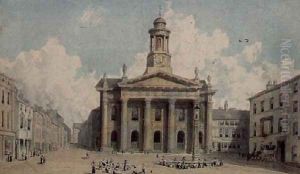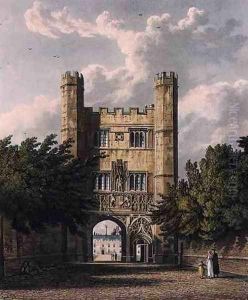





Trinity Gate, Cambridge, from The History of Cambridge, engraved by Joseph Constantine Stadler (fl.1780-1812), pub. by R. Ackermann, 1815
-
About Reproduction
Discover the allure of art with our faithful reproduction of "Trinity Gate, Cambridge, from The History of Cambridge, engraved by Joseph Constantine Stadler (fl.1780-1812), pub. by R. Ackermann, 1815", originally brought to life by the talented William Westall. Unlike posters or prints, our hand-painted oil painting breathes an unique sense of depth and texture into your space. Every detail, every stroke, and every texture is meticulously recreated, paying the perfect homage to William Westall and his artistic vision.
Owning this piece is more than just decoration - it's a statement of your refined taste in art. Let the vibrant colors and intricate details of this replica serve as a daily reminder of the beauty in our world. Elevate your decor and appreciate the richness of art with our replica of this masterpiece.
-
Painting Description
The Trinity Gate, Cambridge, as depicted in "The History of Cambridge," is an exquisite engraving by Joseph Constantine Stadler, an artist active between 1780 and 1812. This particular work was published by R. Ackermann in 1815 and is based on an original drawing by William Westall. The engraving captures the architectural grandeur and historical significance of Trinity Gate, one of the prominent entrances to Trinity College, Cambridge.
Trinity College, founded by Henry VIII in 1546, is one of the largest and most prestigious colleges within the University of Cambridge. The gate itself is a remarkable example of Tudor architecture, characterized by its intricate stonework, imposing towers, and the iconic statue of Henry VIII that adorns the central niche above the archway. This statue is particularly notable for the peculiar detail of the king holding a chair leg instead of a scepter, a feature that has intrigued and amused visitors for centuries.
Stadler's engraving is celebrated for its meticulous attention to detail and its ability to convey the historical ambiance of the site. The artist's skillful use of light and shadow brings depth to the architectural elements, highlighting the ornate carvings and the robust structure of the gate. The surrounding environment, including the cobblestone pathway and the lush greenery, is rendered with equal care, providing a comprehensive view of the gate's setting within the college grounds.
William Westall, the original artist behind the drawing, was known for his landscape and architectural works. His collaboration with Stadler resulted in a piece that not only serves as a historical record but also as a work of art in its own right. The publication by R. Ackermann, a notable figure in the world of art publishing during the early 19th century, ensured that this engraving reached a wide audience, contributing to the appreciation and understanding of Cambridge's architectural heritage.
Overall, the engraving of Trinity Gate by Joseph Constantine Stadler, based on William Westall's drawing, is a significant artistic and historical document. It offers a glimpse into the architectural splendor of Trinity College and stands as a testament to the rich cultural and academic legacy of Cambridge University.
-
Lead Time & Shipping
When you order this oil painting replica, it typically takes 2-3 weeks to paint. If the artwork is more complex, it might need a little more time to ensure the best quality. Once it's ready, we'll send you a photo for your approval. After you give the green light, we'll ship it to you for free.
-
Return & Refund
We believe in the quality of our hand-painted oil painting reproductions, and your satisfaction is our priority. If for any reason, you are not completely satisfied with your purchase, we offer a 45-day return policy. You can return your artwork within 45 days of receipt and receive a full refund. Please note that the artwork must be returned in the original packaging and in the same condition as it was received.





